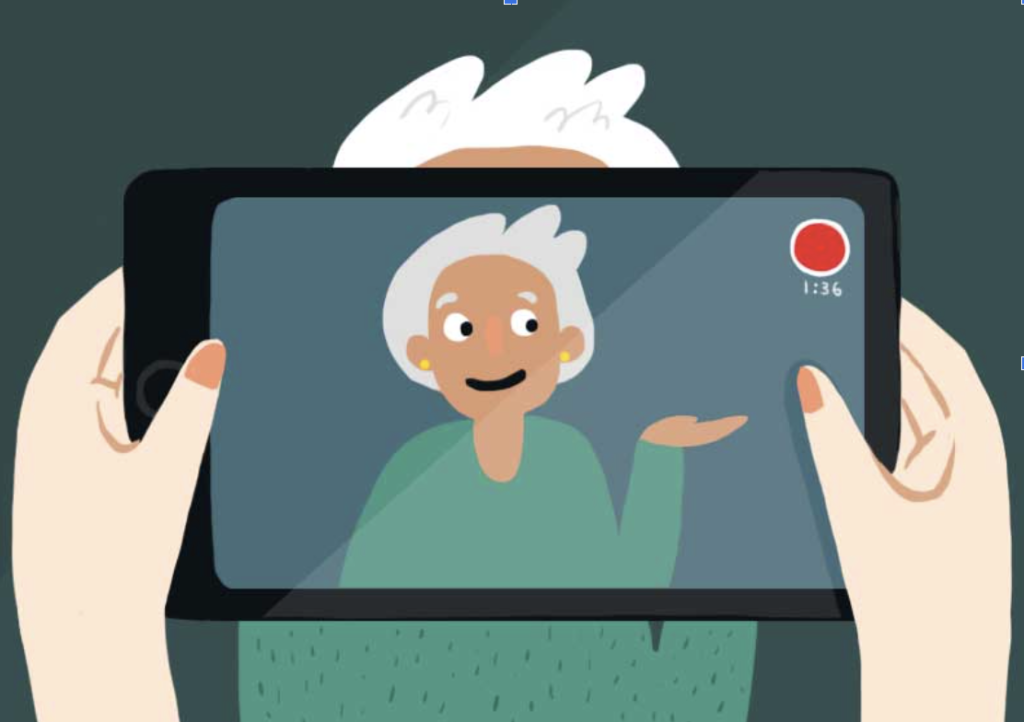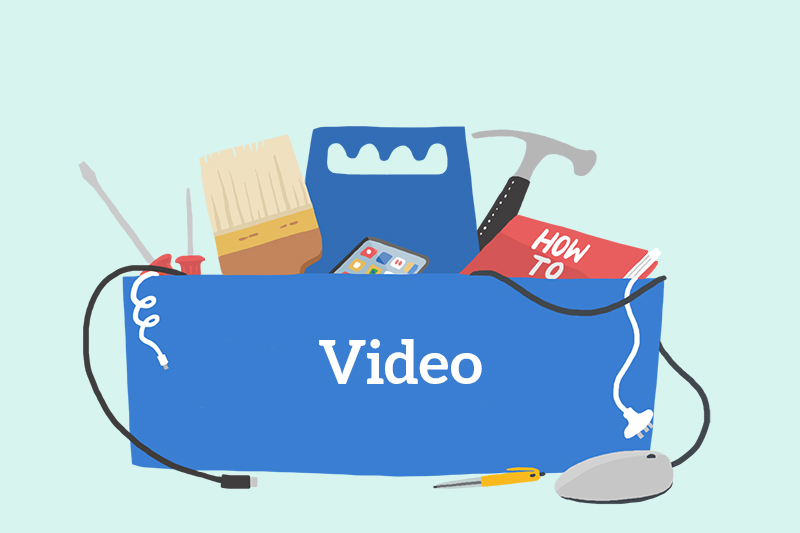When you see things like Nisa raising $100,000 in 2 days or Yeastie Boys raising half a million in half an hour, it might look like magic.
Boom! Out of nowhere a tiny company pulls a rabbit out of a hat, sending many stumbling backwards in shock.
But I know better. I know that both of their successes came down to a very real, very planned, and very well-executed communication strategy.
The fact is, the Yeastie Boys and Nisa successed can be emulated by anyone.
Even you.
Success in crowdfunding is never random
Every major campaign has a strategy. And often a team behind it.
A communication strategy lays out what the plan for the campaign is. It gives you a blueprint to work from.
It’s important to think about it in advance because crowdfunding is a very emotional experience. It’s easy to get carried away down the wrong track and miss the forest for the trees when you’re in the middle of it.
While there are definitely circumstances you need to be able to react to as they happen, there is also a lot to be said for staying the course.
Your strategy should begin well before your campaign does
Yeastie Boys’ strategy began 2 months out, but they had been planning the campaign for much longer.
Even before that, they had spent 6 years building a crowd that loved their product.
The communication strategy was really aimed at pulling together a crowd they already had and telling them about something they were already excited about.
For Nisa, the timeline was shorter, but the strategy still existed. Customers and supporters knew that campaign was coming down the pipeline before it went live. They were ready to jump on board as soon as it did.
Your strategy should talk to the people who want to listen
Consider: who is your crowd? What is it about your project that will interest them?
There is no point yelling randomly at people from a street corner. You are much better off approaching a small group who are genuinely interested in what you have to say.
Knowing who your crowd is, and getting them into the same place is only half the battle. You also need to know what you’re telling them about.
Consider what you actually want to communicate, and when
It’s possible you have an entire team working on your project. You’re certainly increasing your chances of success if you do.
But only if you are all on the same page.
You need to know what you want to say, to who, and when. Part of your strategy is about releasing information in the right way, at the right time.
For example, you don’t really want to announce your crowdfunding project to a mailing list of 5 people, while sending out a press release about the price of your shares and minimum investment.
It’s far more effective to broadcast the big announcement of the upcoming campaign through a press release, social media, and general list emails. Get those people to sign up to a list or email segment specifically for your campaign.
Then, once your mailing list has grown thanks to the coverage, let the people who have expressed interest in what you’re doing get to know you and your plans for your campaign.
Start now
Grab a piece of paper, or open a new document, and work backwards from your launch date.
Consider when you will be sending out press releases, emails, social media posts, and making major announcements. Are you going to dump all the information on launch day? Or will you drip feed it out in the run-up to your campaign?
Can you use your preparation period to test ideas with your crowd? For example, can you ask them what rewards they’d like to see? Or get them excited about the rewards you have planned?
When will you send updates to your PledgeMe supporters? How will they look different to your promotional activities and encourage your supporters to share your campaign with their crowds to spread your message wider?
Work out how you will communicate with people – both now, and during your campaign.
If you haven’t read PledgeMe’s Yeastie Boys case study, or my Nisa post-campaign analysis, make sure you do. They will give you a clear idea of how a communication strategy works to create crowdfunding success.
You can totally do this. It just takes a bit of thought, and planning.

About Kat Jenkins
In 2014, Kat quit her office job to try her hand at helping people crowdfund. She’d been a prolific pledger (she’s pledged to 80 PledgeMe campaigns to date) for a little while and was frustrated at seeing great ideas go unfunded.
Between 2014 and 2018, Kat worked on over 50 campaigns – including all three of PledgeMe’s equity rounds – before retiring to go learn about horticulture and native plants.
These days, Kat has a job she loves as a gardener at a rest home. She also maintains a weekly gardening and lifestyle blog, grows 5 varieties of garlic, and sells a cat-treat product – Kat’s Nip – grown in her garden.
In July, PledgeMe’s founder Anna got in touch, asking if Kat would be interested in ‘coming out of retirement’ for a very special project. That project – with Nisa Manufactory – quickly joined the ranks of PledgeMe’s biggest-ever project campaigns.
Kat has helped creators raise almost $300,000 through PledgeMe project campaigns over the years. And while looking at her records, she realised those PledgeMe campaigns had a 100% success rate (and 87% overall)!
It got Kat and Anna thinking. What if they dusted off Kat’s old website content, updated it, and put it on PledgeMe so every project creator could learn Kat’s secrets again?
And so we are beginning this series of blogs, which we hope you’ll find useful.



